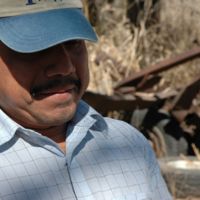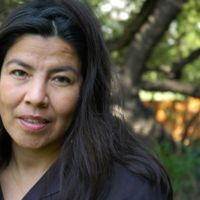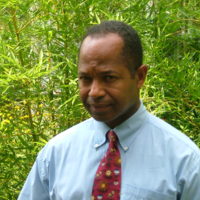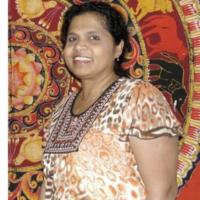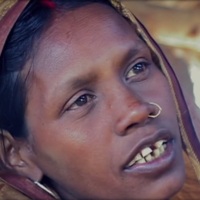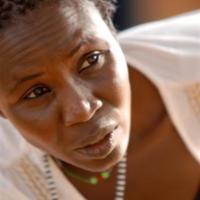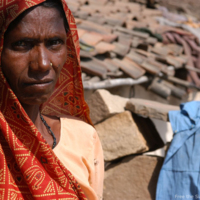
My mother was diagnosed with cancer and needed treatment, but couldn’t pay for it. My friend suggested we find work in Moscow. A nice woman met us at the station. She said we’d be caring for sick patients for $1,000 [£765] a month. But then we were told our job was to clean a three-story house that had burned in a fire. We were given only one meal a day, and the guards raped us like monsters. My mum died four months after I got back. She never had her operation. When she saw the condition I was in, it killed her.
As told to the Guardian
